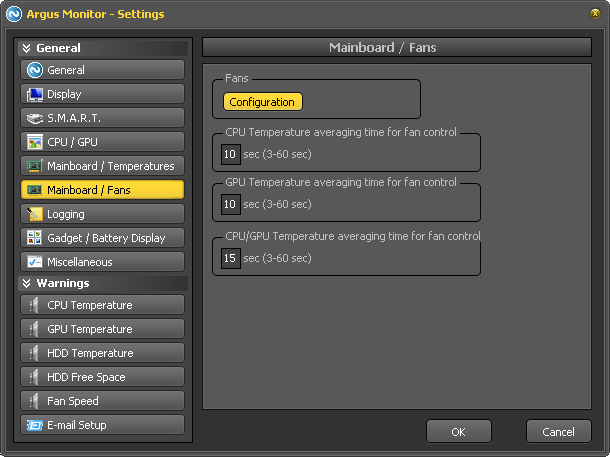
Some graphics cards won’t spin until they hit a specific temperature and you can check this in GPU-z software by looking for ‘Fan RPM’ and checking that your card is ticking up into its higher operating temperatures (usually around 80 degrees Celsius). If the GPU fan still isn’t spinning, then it may be a sign of GPU failure or misconfiguration. Make sure you have enough free space around your GPU so there isn’t too much heat build-up from other componentsĬheck for GPU Failure or Misconfiguration:.If the GPU has a power source, make sure it’s not faulty or broken and check for any visible damage such as cuts/wires pulled out of place.Passive cooling mode allows the graphics card to reduce system noise during its initial start-up, among other things. Remember that your graphic card’s fan(s) will not spin unless it reaches a threshold temperature. Dust buildup on the GPU heat sink can slow down cooling so be sure to dust off any fans or fins with compressed air every few months.If you find that your GPU fan isn’t spinning, and it’s not a hardware issue because of the GPU stress test, then check for grime.AMD Radeon (For AMD Graphic Cards Only).A couple of software that can be used to stress & temperature test for GPU Fans: If not, try defragmenting your hard drive which may improve performance by resolving. Once they’re running, GPUz should be able to detect your graphics card once it reaches its maximum operating temperature (usually 80 degrees Celsius). The first step is turning off any overclocking software so it doesn’t interfere with testing GPU fans and then launching both programs one after the other.


You can install GPU-Z on your computer to see if fan speeds have changed since you last checked them or run full GPU stress tests that will focus on high temperatures in particular. Thankfully, there are a number of different ways to test GPU fans and troubleshoot the issue. Final thoughts How to Test GPU Fans & How to Troubleshoot the Issue if they are not spinning


 0 kommentar(er)
0 kommentar(er)
